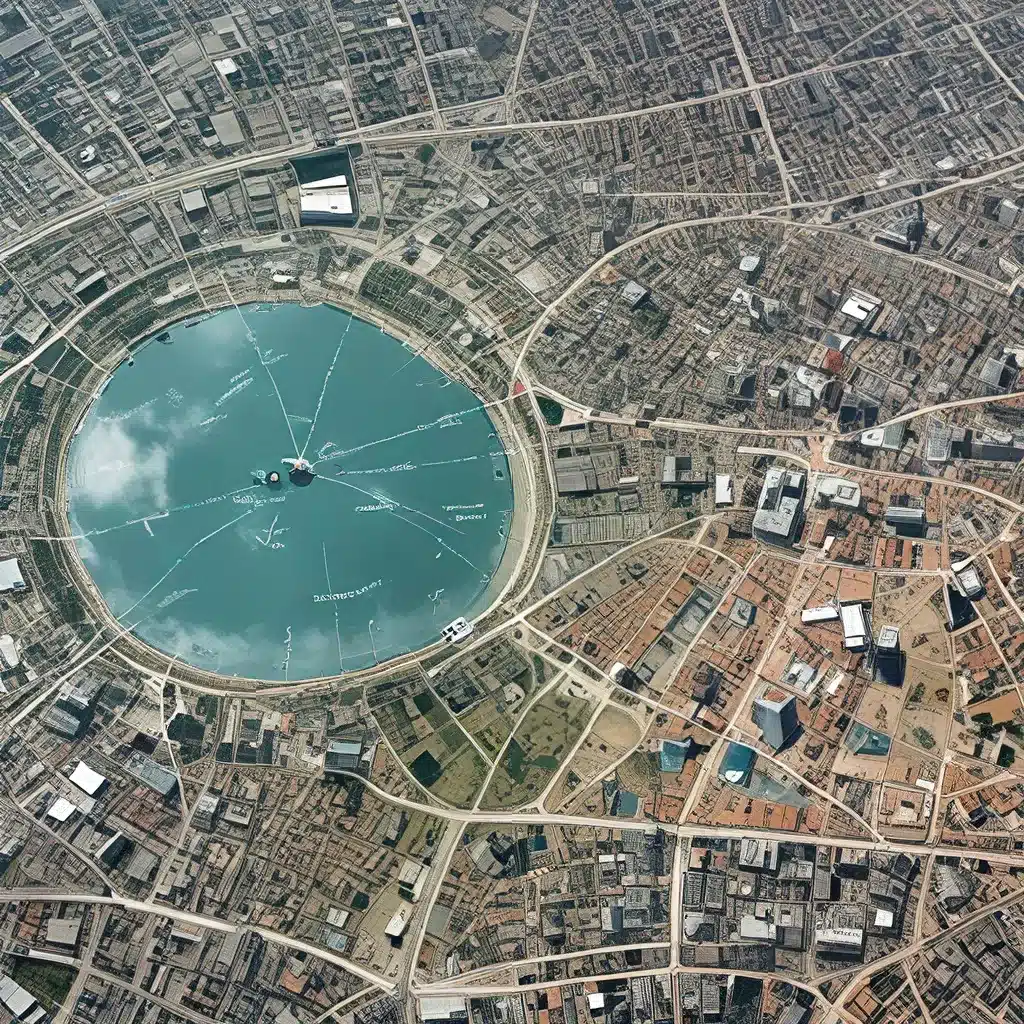
Revolutionizing Environmental Monitoring with Sensor Networks
The field of sensor networks has undergone a remarkable transformation in recent years, driven by advancements in Internet of Things (IoT) technologies and the growing demand for innovative environmental monitoring solutions. As the world faces pressing challenges related to climate change, resource depletion, and environmental degradation, the ability to collect, analyze, and act upon real-time data has become increasingly crucial.
Sensor networks, which seamlessly integrate a vast array of interconnected devices, sensors, and communication technologies, have emerged as a powerful tool for environmental monitoring. These sophisticated systems have the capacity to gather a wealth of data, from air quality and water levels to wildlife activity and soil conditions, providing stakeholders with the insights needed to make informed decisions and implement effective environmental management strategies.
The Evolving Landscape of Sensor Network Design
The design of sensor networks for environmental monitoring has evolved significantly, driven by the need to address diverse challenges and requirements. One of the key advancements has been the development of low-power, energy-efficient sensor nodes that can operate for extended periods without the need for frequent maintenance or battery replacement. This is particularly crucial in remote or hard-to-access areas, where accessibility and power supply can be significant constraints.
Alongside energy efficiency, sensor network designers have also focused on enhancing the reliability and resilience of these systems. Redundancy, self-healing capabilities, and adaptive routing algorithms have been implemented to ensure that critical data is collected and transmitted even in the face of disruptions or equipment failures.
Researchers have also explored the integration of sensor networks with advanced data analytics and machine learning techniques, enabling the extraction of valuable insights from the vast amounts of collected data. This integration has led to the development of predictive models that can anticipate environmental changes, inform decision-making, and facilitate proactive interventions.
Innovative IoT Applications for Environmental Monitoring
The convergence of sensor networks and IoT has given rise to a multitude of innovative applications in the realm of environmental monitoring. One such application is the deployment of smart city initiatives, where sensor-enabled infrastructure, such as traffic signals, streetlights, and waste management systems, provide real-time data on urban environmental conditions and resource utilization.
Another promising application of sensor networks is in the realm of precision agriculture. By equipping farms and greenhouses with a network of soil moisture sensors, weather stations, and crop monitoring devices, farmers can optimize resource usage, enhance productivity, and reduce the environmental impact of agricultural practices.
Tackling the Challenges of Sensor Network Security and Energy Management
As sensor networks become more ubiquitous and integral to our environmental monitoring efforts, the security and energy management of these systems have emerged as critical concerns.
Security is a paramount issue, as sensor networks are often deployed in public or remote locations, making them vulnerable to cyber threats, tampering, and unauthorized access. Researchers and engineers have responded to this challenge by developing robust encryption protocols, access control mechanisms, and anomaly detection algorithms to safeguard the integrity of sensor data and prevent malicious intrusions.
Equally important is the challenge of energy management, as sensor nodes often operate on battery power or rely on limited energy sources. Innovative strategies, such as energy harvesting, dynamic power management, and adaptive duty cycling, have been developed to extend the lifespan of sensor networks and ensure their continuous operation in the face of resource constraints.
The Future of Sensor Networks in Environmental Monitoring
As the world continues to grapple with pressing environmental challenges, the role of sensor networks in environmental monitoring will only continue to grow. The future of this technology promises even greater advancements, with the potential for self-configuring, self-healing sensor networks that can autonomously adapt to changing conditions and provide real-time, actionable insights to environmental stakeholders.
Moreover, the integration of sensor networks with emerging technologies, such as edge computing, 5G, and artificial intelligence, will unlock new possibilities for data processing, decision support, and predictive modeling, enabling more effective environmental management and intervention strategies.
By harnessing the power of sensor networks, the environmental monitoring landscape is poised for a transformative shift, empowering policymakers, researchers, and citizens to make informed decisions, mitigate environmental risks, and work towards a more sustainable future. As the sensor-networks.org platform continues to evolve, it will remain at the forefront of this technological revolution, providing a valuable resource and community for those seeking to harness the potential of sensor networks for environmental stewardship.